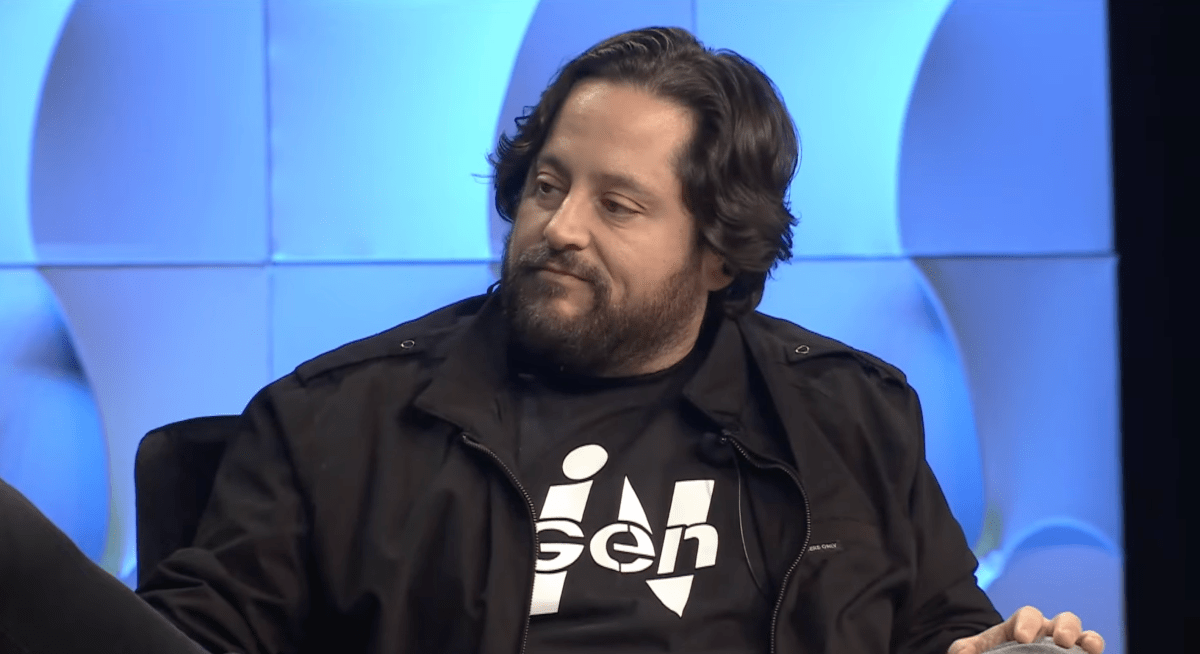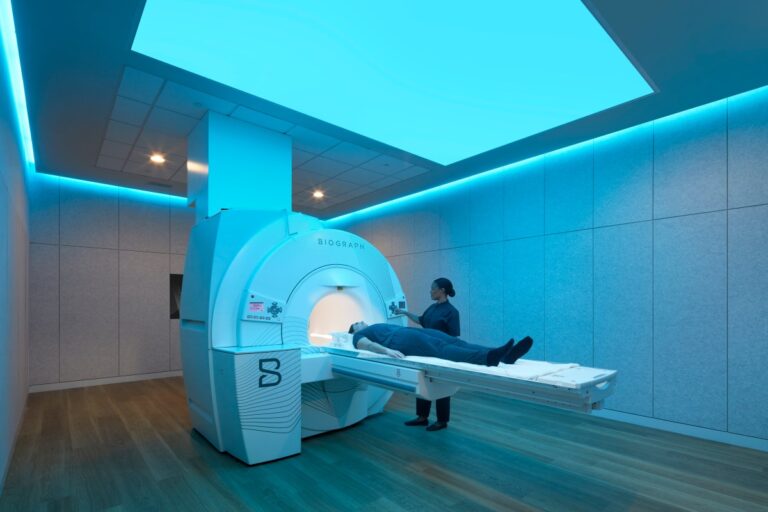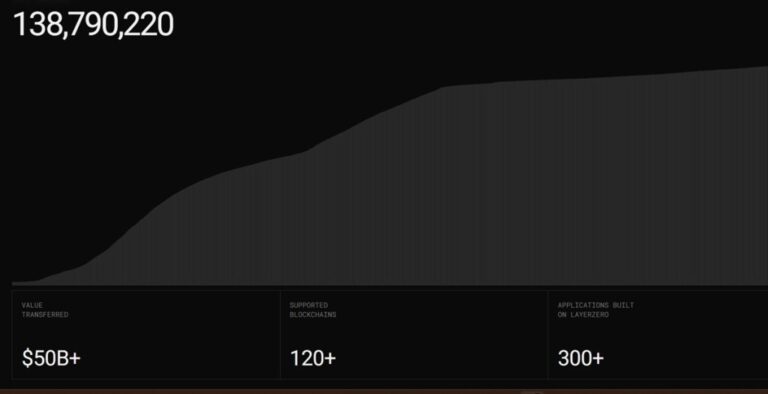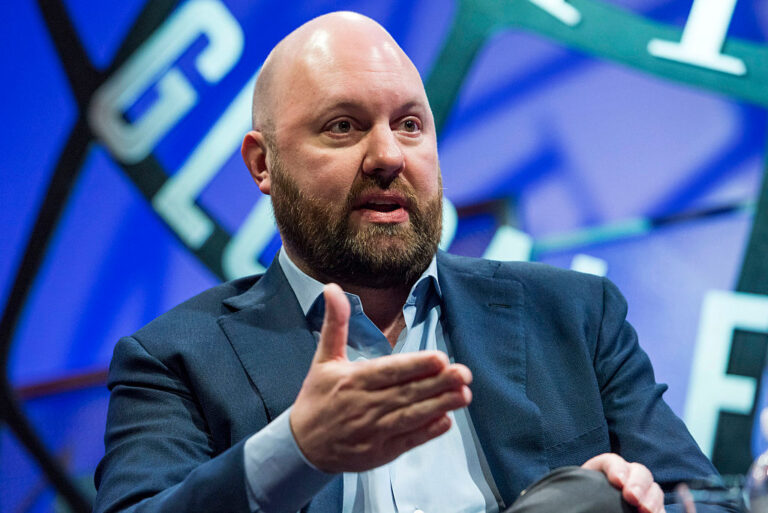Colossal CEO Ben Lamm Advocates for De-Extinction Technology: A Moral Obligation for Humanity
At the forefront of genetic innovation, Colossal, a pioneering startup, is making headlines with its ambitious goal of using genetic editing techniques for de-extinction projects. With a focus on bringing back species like the woolly mammoth, the company’s CEO, Ben Lamm, clarified at SXSW that there are no intentions of creating a real-life Jurassic Park.
Colossal’s Vision for De-Extinction
During a recent interview in Austin, Lamm emphasized the need for a “de-extinction toolkit” to address the failures of modern conservation efforts. He stated, “I think that we have a moral obligation and an ethical obligation to pursue technologies that undo some of the things that we have done.”
Species on the Rebound: Dodo and Thylacine
Colossal is not just targeting the woolly mammoth; the company is also working to resurrect the dodo bird and the thylacine, also known as the Tasmanian tiger. However, Lamm pointed out that the revival of dinosaurs remains impossible due to the absence of usable dinosaur DNA.
Investment and Growth
Founded in 2023 by Ben Lamm and renowned geneticist George Church, Colossal has rapidly gained traction, attracting hundreds of millions in venture capital and achieving a valuation of $10.2 billion.
- Colossal aims to produce woolly mammoth hybrid calves by 2028.
- The company is also engaged in a project to release Tasmanian tiger joeys back into their natural habitat after a period of captivity.
Spinning Off New Ventures
Colossal has also established two spin-off companies focused on specific applications, with a third yet to be announced. Lamm believes there is significant financial potential in the “re-wilding” of species and in carbon sequestration efforts.
Innovative Projects and Challenges
One notable project is the development of a gene-edited “woolly mouse,” featuring genetic alterations inspired by woolly mammoths. These mice display long, shaggy fur and were created using a combination of mammoth-like and known mouse hair-growth mutations.
While some experts have expressed skepticism about the significance of the woolly mouse, Lamm argued that the project validates their work on de-extinction. He stated, “It showed us that, initially, our edits that we were making for the mammoth are the right edits.”
The Future of Technology and Humanity
During his interview, Lamm discussed the potential of artificial intelligence (AI) combined with synthetic biology, which he believes will lead to groundbreaking advancements. He envisions solutions for major global issues such as cancer cures, ocean plastic removal, and access to clean water.
Lamm stated, “We will have true dominion over life, where we can eradicate invasive species or bring back lost species.” He also predicts that humanity may achieve “longevity escape velocity” within the next 20 years, potentially extending human life expectancy.
Future Projects and Collaborations
Looking ahead, Lamm mentioned the necessity for a “Manhattan Project-scale” initiative to back up genetic data of endangered species in bio vaults. He hinted at discussions with an unnamed country that is enthusiastic about this endeavor.
Colossal maintains regular contact with U.S. government agencies, having received investments from the government, likely through grants, to support their groundbreaking work.
For more information about de-extinction and the innovative projects at Colossal, visit their official website at Colossal.com.







